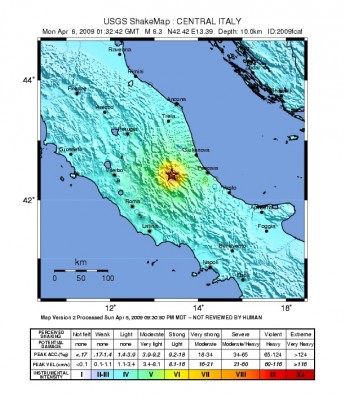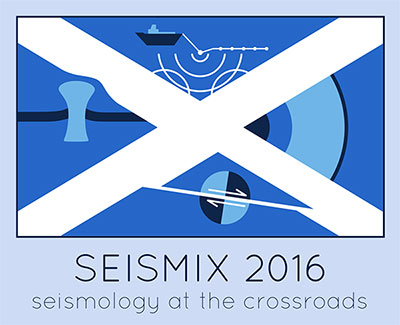Many European and international seismologists have been following the court saga that taunted the local earthquake scientist following the 2009 L’Aquila earthquake (central Italy). Finally, the Italian supreme court has cleared the scientists for good ! Several website, blogs, journals and even conference sessions have highlighted the case: BBC, The Guardian, EOS, AGU, EGU, Natural Hazar ...[Read More]
EGU2016: Early Career Scientist’s Travel Award
The European Geosciences Union is pleased to announce the start of the abstract submission for the EGU General Assembly 2016 (EGU2016), 17–22 Apr 2016, Vienna, Austria. You are cordially invited to browse through the sessions at: http://meetingorganizer.copernicus.org/EGU2016/sessionprogramme Each session shows the Abstract Submission link. Using this link you are asked to log in to the Copernicus ...[Read More]
Seismix 2016
Seismix 2016 Dates: Sunday May 15 to Friday May 20, 2016 Location: Macdonald Aviemore Resort, Aviemore, Scotland Seismix is an international symposium on seismic imaging that is held every two years. The first meeting was held at Cornell in 1984, and since that time, it has visited Canada, Australia, Finland, China, Spain and many other places around the world. The original motivation for Seismix ...[Read More]
PASC16 conference: First call for abstracts
The Platform for Advanced Scientific Computing (PASC) is delighted to launch a Call for Abstracts for its next conference (PASC16) cosponsored by the Association for Computing Machinery (ACM). The Conference will be held from June 8 to 10, 2016 at the SwissTech Convention Center, located on the campus of the École Polytechnique Fédérale de Lausanne (EPFL), Switzerland. The PASC Conference is a ...[Read More]




